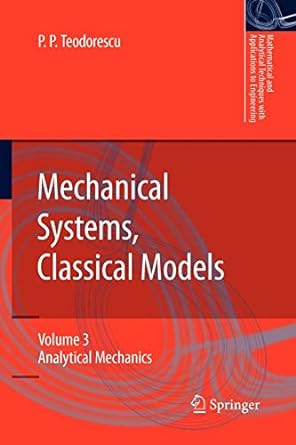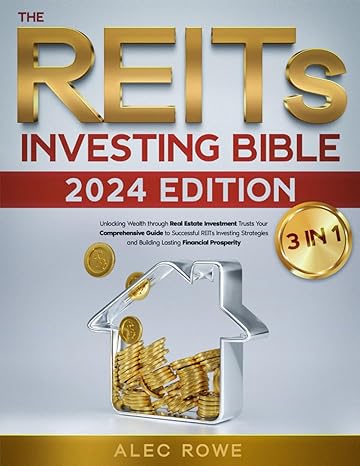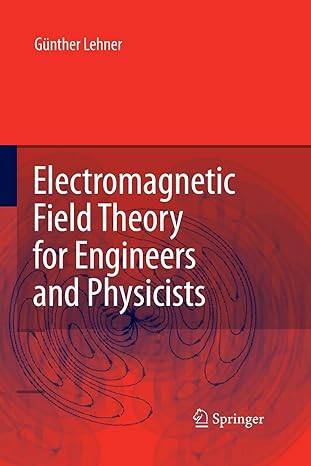Go back


Mechanical Systems Classical Models Volume 3 Analytical Mechanics(1st Edition)
Authors:
Petre P. Teodorescu

Cover Type:Hardcover
Condition:Used
In Stock
Include with your book
Free shipping: April 04, 2024Popular items with books
Access to 3 Million+ solutions
Free ✝
Ask 10 Questions from expert
200,000+ Expert answers
✝ 7 days-trial
Total Price:
$0
List Price: $207.80
Savings: $207.8(100%)
Book details
ISBN: 9400736835, 978-9400736832
Book publisher: Springer
Get your hands on the best-selling book Mechanical Systems Classical Models Volume 3 Analytical Mechanics 1st Edition for free. Feed your curiosity and let your imagination soar with the best stories coming out to you without hefty price tags. Browse SolutionInn to discover a treasure trove of fiction and non-fiction books where every page leads the reader to an undiscovered world. Start your literary adventure right away and also enjoy free shipping of these complimentary books to your door.
Mechanical Systems Classical Models Volume 3 Analytical Mechanics 1st Edition Summary: All phenomena in nature are characterized by motion. Mechanics deals with the objective laws of mechanical motion of bodies, the simplest form of motion. In the study of a science of nature, mathematics plays an important rôle. Mechanics is the first science of nature which has been expressed in terms of mathematics, by considering various mathematical models, associated to phenomena of the surrounding nature. Thus, its development was influenced by the use of a strong mathematical tool. As it was already seen in the first two volumes of the present book, its guideline is precisely the mathematical model of mechanics. The classical models which we refer to are in fact models based on the Newtonian model of mechanics, that is on its five principles, i.e.: the inertia, the forces action, the action and reaction, the independence of the forces action and the initial conditions principle, respectively. Other models, e.g., the model of attraction forces between the particles of a discrete mechanical system, are part of the considered Newtonian model. Kepler’s laws brilliantly verify this model in case of velocities much smaller then the light velocity in vacuum.
Customers also bought these books
Frequently Bought Together
Top Reviews for Books
Didier Lo
( 5 )
"Delivery was considerably fast, and the book I received was in a good condition."










